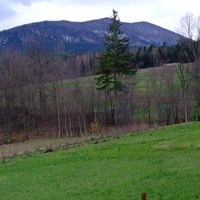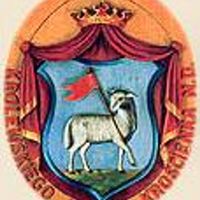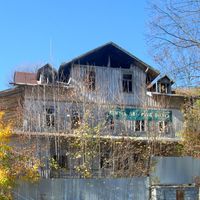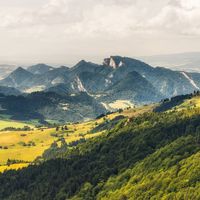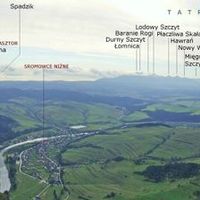Nowy Targ County
6.85
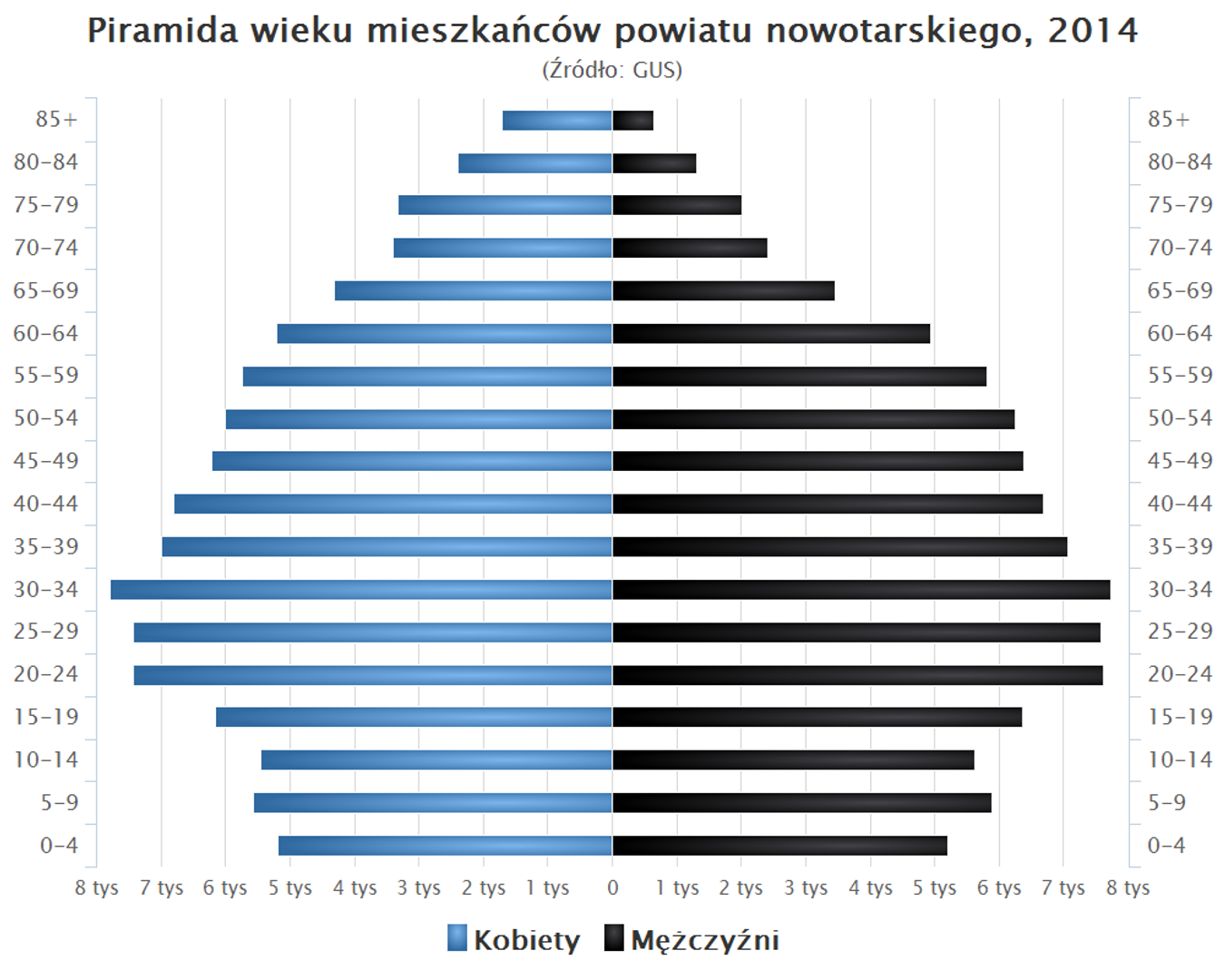
Overview
Nowotarski County, established in 1999 within the Lesser Poland Voivodeship, has a rich history dating back to the era of the Second Polish Republic, when territorial administration was reorganized after World War I. The county's seat is the town of Nowy Targ, which also serves as the cultural heart of the region. The area is filled with charming localities, including the spa towns of Rabka-Zdrój and Szczawnica. The county's landscape is dominated by agricultural land (55%) and forests (37%), highlighting the beauty of its natural surroundings. It comprises numerous rural municipalities that preserve a traditional way of life, as well as urban municipalities like Nowy Targ. According to 2020 data, the population was 191,882, reflecting the area’s ongoing appeal. The local culture is strongly influenced by highland traditions, evident in the architecture, music, and folk art. There are 34 Roman Catholic parishes in the county, alongside various Protestant denominations and Jehovah's Witnesses, illustrating the religious diversity of its inhabitants. Key historical events include the creation of Tatrzański County in 1951 and numerous administrative reforms throughout the 20th century, such as the abolition of municipalities in the 1950s and the restoration of local self-government in 1990. An interesting fact is that the construction of the Czorsztyn Reservoir led to the flooding of several villages, resulting in the relocation of the Czorsztyn municipality's seat to the new village of Maniowy. The county borders other attractive areas, such as Tatrzański County and Nowosądecki County, making it a popular destination for tourists, while the stunning landscapes of the Tatra Mountains attract hiking and sports enthusiasts.
Location
Country
2025 Wizytor | All Rights Reserved

